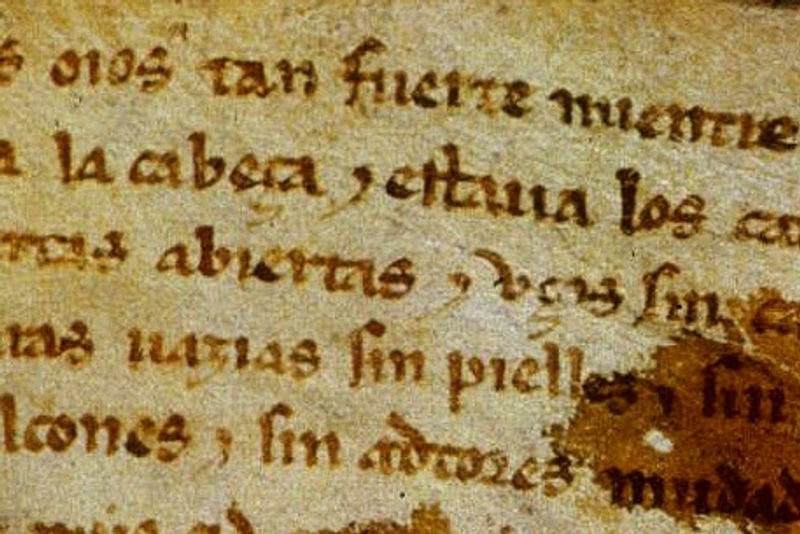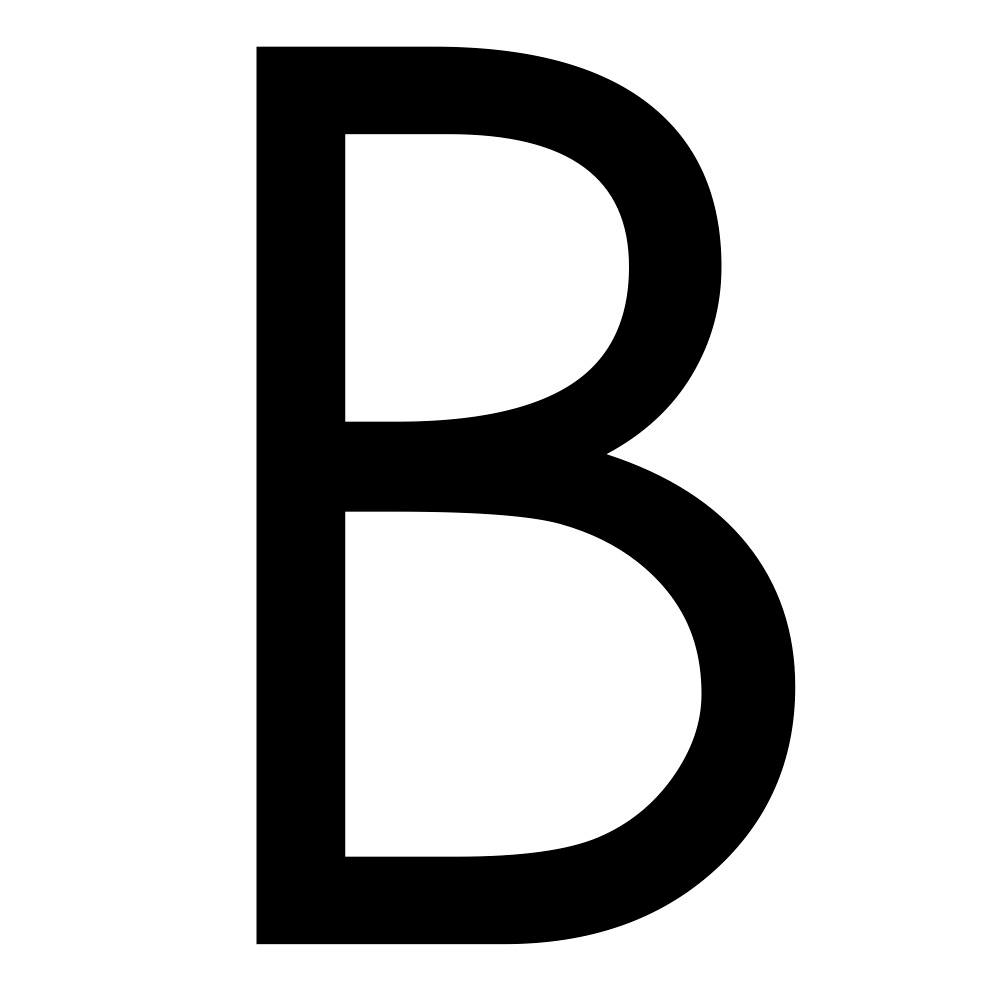
As we are sure you have noticed, English and Spanish share the same alphabet (and so do many other languages in the world). How did that happen? Here is a summarized version of the evolution of the two languages.
English
Old English developed from the different dialects spoken around the North Sea, especially the ones spoken by the Angles and the Saxons, two Germanic tribes. In the fifth century, the Romans left Britain, and the Angles and the Saxons settled there. Old English was, of course, very different from Modern English.
For many years, Old English was written by using an Anglo-Saxon runic alphabet, that looked something like this:
Around the 9th century, many Irish Christian missionaries started writing English using the Latin alphabet. In many texts written between the 9th and the 11th Century, the following 29 symbols (the 24 letters of the Latin alphabet, including &, plus the Tironian note ond (⁊), plus runic symbols Ƿ, Þ, plus modified Latin letters Æ, Ð) were often used:
A B C D E F G H I K L M N O P Q R S T V X Y Z & ⁊ Ƿ Þ Ð Æ
Here is an excerpt of a poem written sometime between the 8th and the early 11th century:
During the following centuries, the Latin alphabet would slowly become the standard script used for all English written material, and the “extra” symbols would eventually disappear. As we know, the current version of the Latin alphabet used in modern written English goes as follows:
A B C D E F G H I J K L M N O P Q R S T U V W X Y Z
Letter J evolved from the letter I. Letters U and V, which were considered the same letter in classical Latin (V), are now two different letters. Letter W resulted from writing two V’s together.
Spanish
Spanish, like other Romance languages, slowly developed from Vulgar Latin, a simpler form of literary Latin that people from different backgrounds spoke throughout the Roman Empire. There are no known samples of written Spanish before the 10th century. Although Spanish has incorporated many elements from other languages throughout history (especially from Arabic), as it developed directly from Latin, when it was written, it was always done by using some variation of the Latin alphabet. Here is an excerpt from a poem written in Old Spanish sometime between 1140 and 1207. Even though the orthography and the grammar are very different from the ones used in Modern Spanish, the script is easily recognizable:
Modern Spanish uses, as we know, the following alphabet:
A B C D E F G H I J K L M N Ñ O P Q R S T U V W X Y Z
In addition to J, U, and W, explained above, the letter Ñ resulted from writing the second N of a double N (very common in Latin) over the first one. Here is an example, for the word “year”: In Latin: annus. In Spanish: año.
Interesting, isn’t it?

Berges Institute is the fastest-growing language school for adults in the US, Europe, and India.